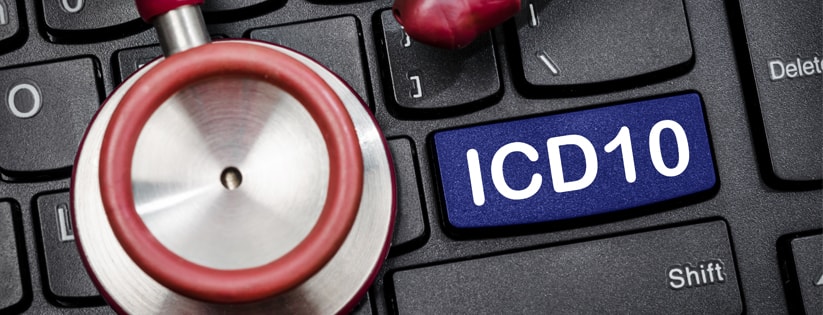As 2020 fast approaches, the inevitable changes impacting ICD-10 Coding are being announced, considered, and absorbed. Soon to impact reimbursement, the annual coding changes are important because they refine the overall classification system and codify new procedures and advancements that are currently becoming standard of care.
While the World Health Organization has ultimate authority on what’s represented in the ICD-10, the Centers for Medicare & Medicaid Services (CMS) is always instrumental in suggesting changes and updates. Once these changes are ratified and accepted, the commercial insurance payers are quick to adopt them and certainly fast in using antiquated coding as an opportunity to deny or reduce payments.
Proposed Changes to Take Effect on October 1, 2019
It’s that time of year again, and the ICD-10 changes take effect on October 1st. This year according to the American Health Information Management Association (AHIMA), there were 273 new codes added, as well as 21 deletions and 30 codes that were revised.
Here are some of the highlights moving forward:
- Deep Tissue Injuries—25 new codes were added to capture pressure-induced deep tissue damage in category L89.-.
- Atrial Fibrillation—Four new codes were added to capture separate forms of persistent and chronic Atrial Fibrillation in category I48.-.
- Embolism and Thrombosis—New codes will define peroneal vein and calf vein based on laterality for both chronic and acute embolism and thrombosis in category I-82.-.
- Phlebitis and Thrombophlebitis—Eight new codes will allow for laterality and location specificity in category I80.-.
- Heatstroke and Sunstroke are being added including exertional and other in category T67.-.
- Poisoning, adverse effects and underdosing for multiple unspecified drugs, medicaments, and biological substances and now will be divided into four sub-categories, including intentional, accidental, assault, or undetermined. This will be in category T50.-.
- Legal Intervention—This category is being expanded with 75 new codes for injuries that occur during a legal intervention. The current codes define law enforcement officers, bystanders, or suspects. These new codes will expand to include an unspecified person being injured. This is in category Y35.-.
- New Z Codes—There are several new codes in category Z that include factors influencing health status or external causes of morbidity, i.e., latent tuberculosis, personal history of in-situ neoplasms, etc.
- Severity Codes—The CC/MCC designation changes for severity are largely (87.2%) for a reduction in the severity level.
Benefits of Partnering with a Third-Party Coding Expert
Coding continues to expand and, if not done correctly, can increase your denials and reduce the reimbursement that you are collecting for your services. With the new changes taking effect, now may be the time to explore partnering with a third-party expert able to provide coding expertise and timely processing.
By utilizing the proficiency and expertise of a medical coding partner, you gain the expertise of certified medical coding specialists at a fraction of the cost and leave the education and certification requirements to them. This allows you and your staff to spend your time concentrating on what matters most—providing outstanding patient care.
Contact us today to learn more about scalable, cost-effective solutions for managing your coding process.
